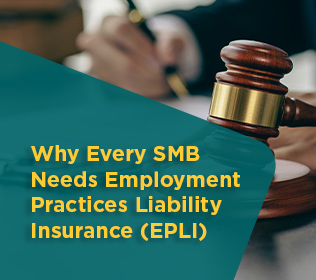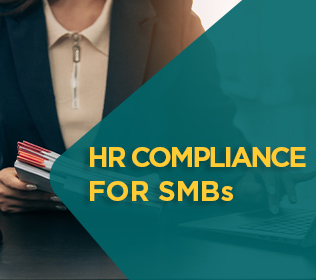The job market is highly competitive right now, and employers are struggling to fill roles before another company snatches the best candidates. HR professionals and internal recruiters are turning to alternative hiring methods, like passive recruiting (read more about that here) and boomerang employees. This type of employee previously worked for your company and left on good terms. They are considered a boomerang employee if they are successfully recruited to return to your company. In the not-too-distant past, most employers had policies that specifically forbade hiring a former employee. Today, opinions have changed, and boomerang employees can often be hugely beneficial over a brand-new hire.
Should your business rehire boomerang employees who want their jobs back?
Previously, many employers felt that someone who willingly left their company had burned a bridge and should not be allowed to return. And indeed, some employees shouldn’t be rehired – if they were poor performers, didn’t get along with their colleagues, or left on bad terms, you can leave that group of employees on the “do not revisit” list. It is best to review the formerly employed individual’s circumstances and make a case-by-case determination. Sometimes employees leave for reasons that have nothing to do with the company. An employee might take a leave of absence to care for an ill relative or raise a child. They may have even changed jobs because they moved out of state and, at that time, your company did not offer remote work. Now, remote work is much more common, and you may be able to reach out to former employees who were once not eligible to telecommute.
Another reason a boomerang employee may leave could be because they received a lucrative job offer and accepted it but soon realized that the company was not a good fit. The new company could have inferior benefits that were not entirely disclosed, a toxic workplace culture, or the workload may be too demanding. Whatever the reason, if a former employee has realized your company is a better fit than their new role, that’s probably a good thing! You can determine if the employee should be rehired by planning thoughtful interview questions. Ask questions about what they may have learned since they left the company – have they acquired any new skills? Additionally, ask them why they are interested in returning, which should give you a good idea of their motivations.
What value do boomerang employees bring to your business?
The best thing about boomerang employees is that they don’t need to be trained. Returning employees are also well aware of the nuances of your business’s industry, which can be one of the largest lifts when it comes to getting familiar with a new job. Generally speaking, it takes about three months for a new employee to be fully onboarded. Of course, this time period can be very rewarding if the employee works out well and becomes a star player on your team. But you’re getting the best of both worlds with a boomerang employee. You already know this is a valuable team member, and you can skip the three-month process they need to learn about your company. Additionally, the boomerang employee may have learned some new skills or processes while away. They may be able to take this knowledge and utilize it to your company’s benefit.
Those are all great reasons to rehire a previous employee, but there are some potential cons you should consider too. Assuming you’ve thoroughly looked into this candidate and considered their history with the company, you shouldn’t be hiring anyone who could cause potential internal conflict or performance issues. It may also be a good idea to consult this candidate’s former employees to get honest feedback about their personality and work ethic. Other potential risks could include overlooking an even better candidate – hiring someone you are already familiar with could be so enticing that you reject someone better qualified. (This could be an example of implicit bias, which you can learn more about here!) Finally, remember that this employee could potentially be a flight risk. If they left once, there is always the concern that they could leave again, especially if they have unresolved issues. Therefore, it’s crucial to have a thorough conversation with the former employee and consider the options carefully.
What are the best practices for encouraging previous employees to come back?
One of the reasons that the boomerang employee has been considered an asset in recent years is the power of networking – namely, online networking. It is much easier to keep in touch with contacts and former colleagues than it used to be, especially with sites like LinkedIn. The best way to recruit former employees is simply by staying in touch! Interact with their posts, send them a friendly message, and if you’re ready to reach out, ask them if they’d be interested in returning. There is no harm in trying, and even if they’re not interested at the moment, they may be flattered and remember you favorably. In the future, if they’re interested in a new role, they may reach out to you. Additionally, be sure you’re regularly posting job openings, team-building events, and other ways your business successfully retains employees. This is an excellent practice for any business – show your followers (many of whom may be former employees!) all the great perks of working for your organization. A former employee may take note, remember their positive experiences at your company, and reach out.
In this fast-paced job market, you need to keep an open mind to all available options. Boomerang employees can be incredibly valuable! By having a thorough interview with a former employee, you can figure out if they are the right fit to rejoin your company. If they’ve learned new skills since they left, they could be your next star team member. To recruit the best talent for your organization you will need to get creative, and boomerang employees might be the way to go! If you have concerns about hiring a former employee, feel free to reach out to your PrestigePEO HRBP. And if this blog sparked yet another reason why you need to partner with a PEO to assist in all your HR matters, reach out today!





